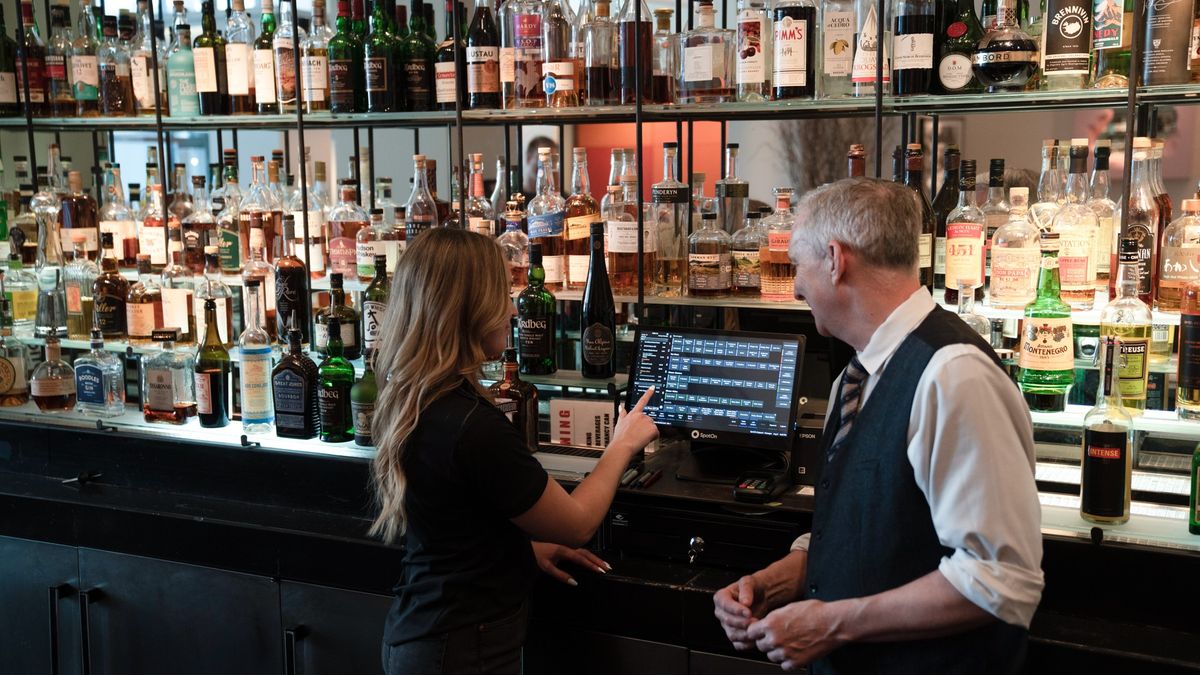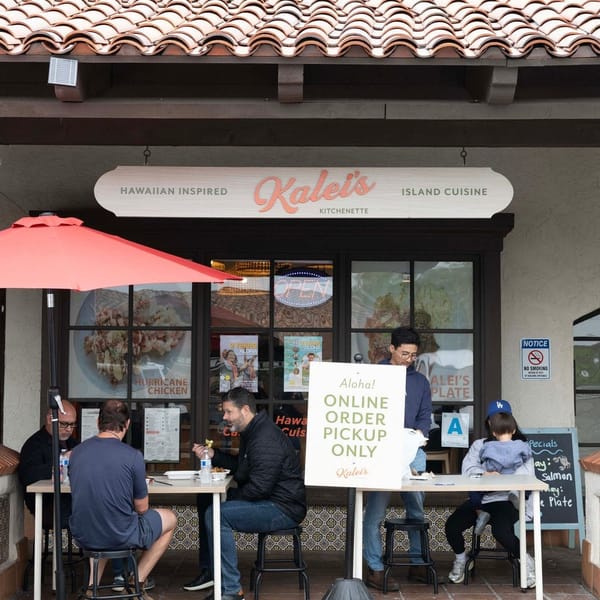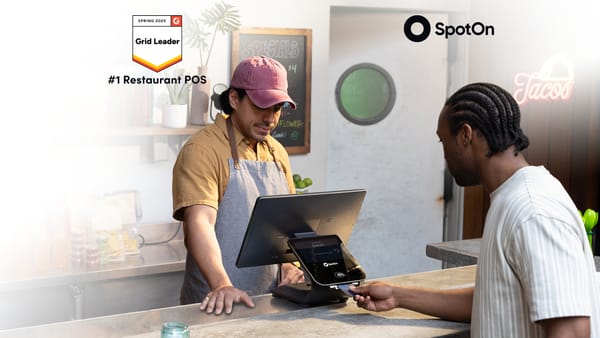Operating a restaurant has always been challenging, but the last few years have proven especially difficult for restaurants. From COVID-19 closures and restrictions to a record number of restaurant workers leaving the industry, supply chain issues, evolving guest expectations, and runaway costs, the hospitality industry has been hammered by one obstacle after another. Large restaurant groups and brands have adapted, in large part, by rapidly implementing new technology and streamlining operations, but how have smaller restaurants fared?
We surveyed 300 operators from independent restaurants and small restaurant chains across both full-service (FSR) and limited-service (LSR) concepts to determine the challenges they’re facing and how they are using technology to help tackle those challenges.*
The biggest takeaways?
While 56% of independent restaurants use technology to manage some aspects of their business, 81% are still using a traditional legacy POS system. Unlike today’s advanced cloud-based restaurant POS systems, legacy POS systems are often incompatible with solutions that can help local restaurants take a bite out of rising costs and staffing shortages, such as first-party online ordering and labor management software.
Restaurants anticipate that labor management tasks, in particular, will become more challenging in the months ahead. The survey results suggest that operators are spending up to 20 hours per week on tedious employee-related administrative tasks that could be streamlined with software.
To address labor and various other ongoing challenges, 75% of the restaurant operators surveyed said they plan to adopt new technology in 2023, and nearly half plan on pursuing a loan with the primary goal of supporting business growth. It’s a fantastic sign that independent restaurants are on the right path, and with the help of technology, can successfully adapt to today’s challenges.
Rising costs and labor issues are the top challenges restaurants face today, but COVID-19 is not gone or forgotten.
Driven by inflation and supply chain issues, rising operational costs are the number 1 challenge for independent and small chain operators. 23% of the restaurants surveyed cited this as the primary area where they’re using technology to manage challenges. Staffing shortages were also in the top 3, with 12% of restaurants listing this as their primary concern.
Coming as somewhat of a surprise, 13% of the respondents cited COVID-19 and 12% cited social distancing as their top challenges, flying in the face of anecdotal evidence over the last year that suggested restaurants were simply moving on from the pandemic.
Higher costs and employee retention forecast to be top issues going into 2023.
Restaurant operators don’t expect things to change much over the next six months, and list increased food costs (29%), higher labor costs (24%), and employee retention (21%) as the top 3 challenges they expect to face.
Labor management is expected to become even more difficult.
Tasks related to labor management, including payroll (44%), labor compliance (38%), managing overtime (20%), scheduling staff (18%), and calculating tips and payout (18%) are becoming more complex according to restaurant operators, highlighting the need for technology solutions that can automate and streamline labor management tasks.
This forecast indicates a looming problem for restaurant operators, as labor management-related tasks are already the most time-consuming chores. On average, restaurant operators spend more than 8 hours per week on payroll and tips alone.
Operators are spending an additional 8+ hours on scheduling and other labor management tasks. Combined, these labor-related administrative tasks add up to more than 16 hours—or 2 full days—each week. By using modern labor management technology to streamline this work, managers can get days back in their schedule.
Less than half of restaurants use technology to track & manage their entire operation.
While all restaurants surveyed said they use technology to some degree to manage their operation, 56% do not currently use technology to manage all aspects of the business. Family/midscale restaurants (64%) and casual dining (62%), in particular, are behind other sectors in utilizing technology to manage various aspects of their business, while fine dining leads the way, with only 35% of respondents saying they only use technology across some aspects of their business.
Traditional POS systems are the most widely used piece of technology today.
While nearly 9 in 10 operators (87%) use a POS system, the vast majority are still using a legacy system. Only 6% report using a cloud-based POS system. Meanwhile, usage of other software solutions, such as accounting platforms, loyalty programs, and employee scheduling software sit at 25% usage or less. But that looks likely to change.
The vast majority of restaurants plan to invest in new technologies in 2023.
Across all segments, 75% of restaurants said they are likely to adopt new technology systems over the next 12 months.
Furthermore, restaurants are ready to put their money where their mouth is, with 71% indicating they plan to increase spending on technology in 2023. Combined, these 2 results show a surging demand for modern restaurant technology solutions among independent restaurants.
Related, nearly half of all restaurants plan on pursuing a business loan in the next year, with the majority doing so to support the growth and expansion of their restaurant concept.
While price is a factor, most operators are looking for effectiveness and quality support in new technology.
Nearly half of operators prioritize the quality and effectiveness of the technology or service/support over price. The most pronounced opinions were within the casual dining sector, where 54% of restaurants said they balance price with system effectiveness and service/support, and the fine dining sector, where 50% said they want the most effective technology solution regardless of price. These results highlight the importance of technology providers offering fair and transparent pricing, as well as exceptional customer support.
Beyond cost, having to train staff and concerns about speed of service and repairs round out the top 3 concerns restaurant operators have about adopting new technology, illustrating the importance of finding solutions that are both easy-to-use and reliable.
Restaurants taking a holistic approach to maximize revenue for the holidays.
While the holiday sales jolt is typically associated with retail businesses, restaurant operators reported that the holidays are also their busiest time of year, accounting for 20% of annual sales on average. This is far more pronounced with fine dining operators, who report that holiday sales account for 49% of their annual sales.
Despite several years of unpredictable sales, operators are largely optimistic about the 2022 holiday season, with 60% saying they are very positive or slightly positive in their outlook.
To capitalize on the busy holiday season, restaurants plan on taking a holistic approach to making operational changes. 31% of respondents said they plan on creating a special menu, 27% said they plan on selling gift cards, 23% said they would start accepting online orders, and 22% said they plan on hiring seasonal employees.
SpotOn is here to help.
While every restaurant has unique challenges and nuances to their operation, these survey results show strong demand for modern technology solutions to help independent and small restaurant chains grow. SpotOn is committed to helping restaurant operators with intuitive technology that works the way they work—including the best POS system for restaurants, as voted by real users, along with integrated labor management software, commission-free online ordering, and real-time reporting to make faster, better business decisions.
Further, our solutions are backed by industry-best 24/7/365 support to make sure your SpotOn solutions always work—with fairness, flexibility, and a personal touch.
*Methodology: The data cited was developed by Technomic, a leading restaurant industry market research and consulting firm, on behalf of SpotOn. To obtain the data featured, Technomic conducted surveys with 300 independent and small chain restaurant operators in August 2022. Participants were not compensated or otherwise incentivized by SpotOn. The data presented accurately reflect the survey questions posed and participant responses.













